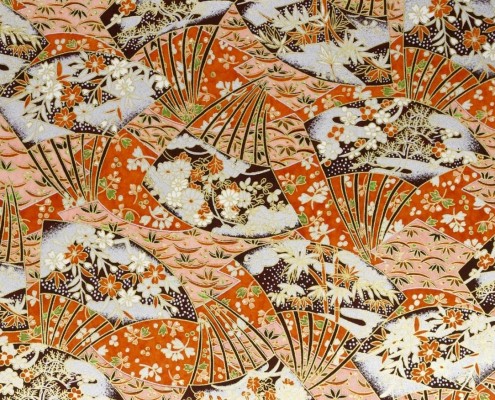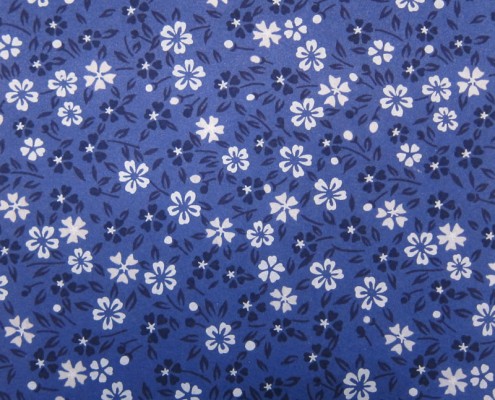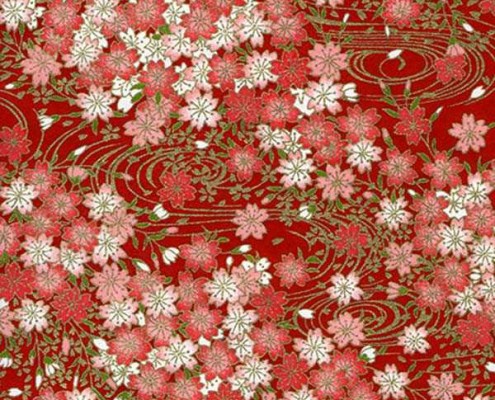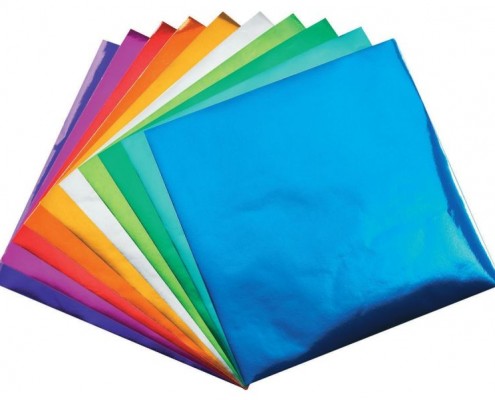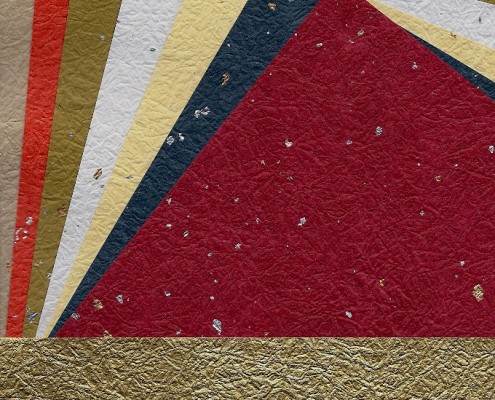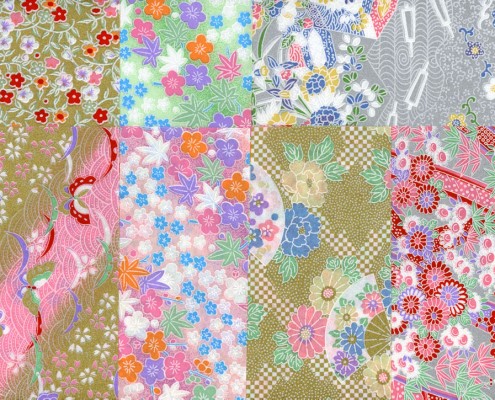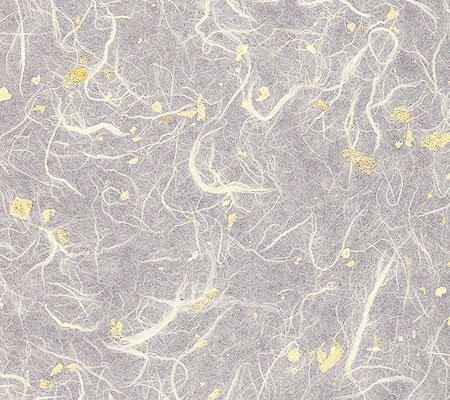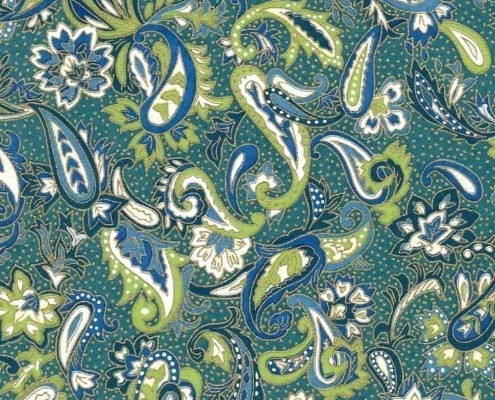History
Since the existence of paper is an obvious prerequisite for the development of origami, it is best to first refer to the history of paper.
Before the invention of paper, different materials were used for writing, such as papyrus, scroll, fabric, and bark. The Chinese used woven fabrics for this purpose. The method of making paper was invented around 105 AD by Mr. Tsai Lun, the Chinese Minister of Agriculture, and was kept a secret for about five hundred years. At the beginning of the seventh century AD, this industry was founded by Buddhist monks from …
Benefits of Origami
The most important benefits of origami are:
Increased enthusiasm for nature and living things / Increased hand skills / Coordination of thought and action / Concentration of mind and meditation of the mind / Increased patience / Help to build artistic and industrial patterns due to the ability to easily form and implement ideas / Motivation Creating hours for play and entertainment / Cheap and available / Growing better order in work Responding to the need for creativity and human dynamism to solve the puzzle / Increase logical and mathematical conclusions
Types of origami paper
Origami can be done with any type of paper. But origami paper is standard in terms of strength and heat of the paper to create successive folds.
Origami paper is also standard in size, which is usually square. And in the dimensions of 10 * 10, 15 * 15 and 20 * 20 cm, it is very common. It should be noted that rectangular, circular and triangular papers are also available. Which is used to build a series of models.
Of course, in the case of origami paper, the thickness and heat used to make different shapes are very important and different. The diagnosis and selection of the type of paper is related to the model maker and the model he has chosen to make.


